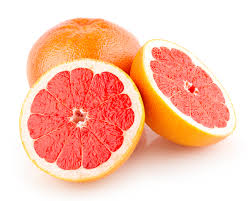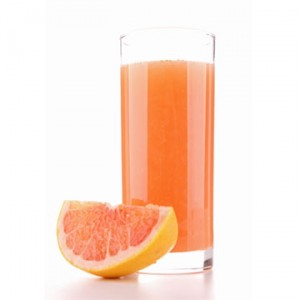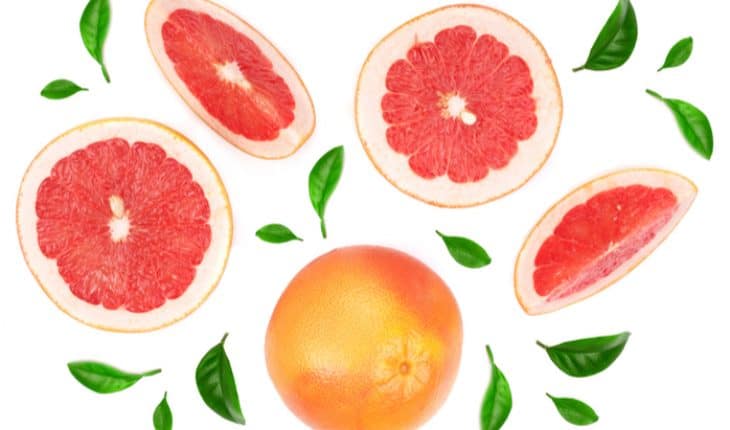
CYP is a large multigene family of heme-containing enzymes located in the endoplasmic reticulum of cells throughout the body. The mechanism of action of this interaction involves inhibition of the CYP 3A4, a member of the cytochrome P 450 (CYP) enzyme system. This article presents a simplistic summary of most examples of such interactions and also explores the phytochemistry and possible mechanisms of action involved in drug-grapefruit juice interactions in light of recent studies on this subject. In recent years, more drugs have been investigated for their interaction with grapefruit juice and new models have been proposed for the mechanism of such interaction. Therefore, patients need to be educated about the hazards (and advantages) of grapefruit interaction with medication.

An increasing number of adverse drug reactions might be avoided on the basis of knowledge about the interaction of grapefruit juice and relevant drugs. Several grapefruit juice-drug interactions were discovered and these remain a potential concern especially since the juice and drugs are often consumed together at breakfast. Subsequent studies probed the constituents of grapefruit juice, its interaction with various other drugs and the mechanisms of action of those interactions.

Studies that followed, confirmed that grapefruit juice significantly increased the oral bioavailability of felodipine. This was an unexpected observation from an interaction study between the dihydropyridine calcium channel antagonist, felodipine, and ethanol in which grapefruit juice was used as a flavour supplement to mask the taste of the ethanol. However, as many as fifteen years ago, investigators found that grapefruit juice can markedly augment oral drug bioavailability.
Grapefruit juice and lisinopril skin#
In the light of its above activities, it has been traditionally indicated throughout time for anorexia, bacteria, benign prostatic hypertrophy, cancers (breast, colon, prostate, lung, skin and throat), candida, cold, diabetes, dysuria, high cholesterol, infection, insomnia, mycobacterium, mycosis, nervousness, pseudomonas, rheumatism, staphylococcus and yeast. Traditionally grapefruit juice has been found to contain antioxidant, antinitrosaminic, antiseptic, aperitif, cardiotonic, detoxicant, hypocholesterolemic, sedative and stomachic activities. In fact, much of the enthusiasm in its use stems from medical research that has suggested that grapefruit juice reduces atherosclerotic plaque formation and inhibits breast cancer cell proliferation and mammary cell tumorigenesis. However, the wide consumption of grapefruit juice cannot entirely be attributed to its taste, and nutritive value. Grapefruit juice combines the sweet and tangy flavour of the orange and shaddock and also provides up to 69% of the RDA for vitamin C along with as many as 250 mg of Potassium. The three major types of grapefruit that exist today are white, pink/red and ruby/rio red varieties. Since the early part of the 20th century, mutant strains of white grapefruit have appeared with pink to slightly reddish colour, and have been propagated by citriculturists into several strains of grapefruit. The grapefruit, thought to be a cross between an orange and a shaddock, was developed in the West Indies in the early 1700s and first introduced to Florida in the 1820s.

In this review, we have discussed the phytochemistry of grapefruit juice, the various drugs involved in the drug – grapefruit juice eraction with their mechanisms of action and have presented the clinical implications of these interactions. In the case of many drugs, the increased serum concentration has been found to be associated with increased frequency of dose dependent adverse effects.

Most notable are its effects on the calcium channel antagonist and the statin group of drugs. By inhibiting these enzyme systems, grapefruit juice alters the pharmacokinetics of a variety of medications, leading to elevation of their serum concentrations. The P – glycoprotein pump, found in the brush border of the intestinal wall which transports many of these cytochrome P – 450 3A4 substrates, has also been implicated to be inhibited by grapefruit juice. It has however, been found to be an inhibitor of the intestinal cytochrome P – 450 3A4 system, which is responsible for the first pass metabolism of many drugs. Grapefruit juice is consumed widely in today's health conscious world as a protector against cardiovascular diseases and cancers.


 0 kommentar(er)
0 kommentar(er)
